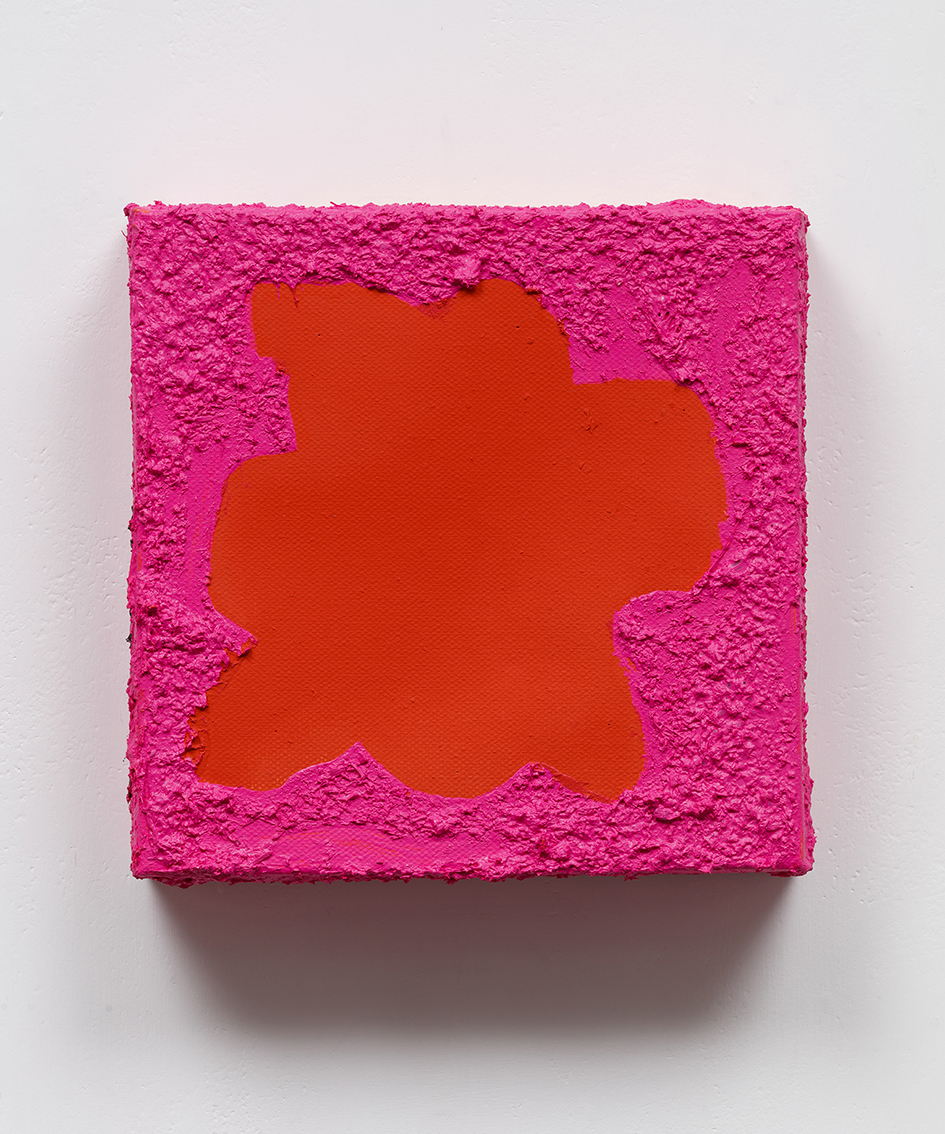|
●★ Debussy : Estampes - Pagodes - Preludes I.II by Mitzko Utzida ★●
Estampes(3) Imagines I. II Preludes I. II
● C. Debussy : EstampesFor the French commune, see Estampes, Gers.
Estampes (Prints), L.100, is a composition for solo piano by Claude Debussy. It was finished in 1903.
● Structure
Estampes contains three movements:
● I. PagodesPagodes evokes images of East Asia. It makes extensive use of pentatonic scales and mimics Chinese and Japanese traditional melodies while also incorporating hints of Javanese Gamelan percussion.[1] As this is an Impressionistic work, the goal is not overt expressiveness but instead an emphasis on the wash of color presented by the texture of the work. Debussy marks in the text that Pagodes should be played "presque sans nuance," or "almost without nuance." This rigidity of rhythm helps to reduce the natural inclination of pianists to add rubato and excessive expression. Note that rigidity of rhythm within measures does not mean rigidity of tempo in the work; the tempo gradually fluxes quicker and slower throughout the piece. Also remarkable about Pagodes is the extensive use of the sostenuto pedal, the middle pedal on a modern piano. This is done whenever a pedal tone needs to be held, since the piece must maintain its percussive nature without being obscured by constant application of the damper pedal.
● II. La soirée dans GrenadeLa soirée dans Grenade uses the Arabic scale and mimics guitar strumming to evoke images of Granada, Spain. At the time of its writing, Debussy's only personal experience with the country was a few hours spent in San Sebastián.[2] Despite this, the Spanish composer Manuel de Falla said of Soirée, "There is not even one measure of this music borrowed from the Spanish folklore, and yet the entire composition in its most minute details, conveys admirably Spain".[3]
● III. Jardins sous la pluieJardins sous la pluie describes a garden in Debussy's native France (in the Normandy town of Orbec) during an extremely violent rainstorm. Throughout the piece, there are sections that evoke the sounds of the wind blowing, a thunderstorm raging, and raindrops dropping. It makes use of the French folk melodies Nous n'irons plus aux bois (We'll Not Return to the Woods) and Dodo, l'enfant do (Sleep, Child, Sleep). Chromatic, whole tone, major and minor scales are used in this movement.
● References | ||
|
| ||
'Lecture Concert' 카테고리의 다른 글
| The Best of Debussy <***> (0) | 2015.07.04 |
|---|---|
| The Best of Debussy <*> (0) | 2015.07.04 |
| 차이콥스키 교향곡 5번 (0) | 2015.07.04 |
| Beethoven String Quartet N. 12 Op. 127 (0) | 2015.07.04 |
| 베토벤 현악4중주 Op. 133 <Gross Fuge> (0) | 2015.07.04 |

